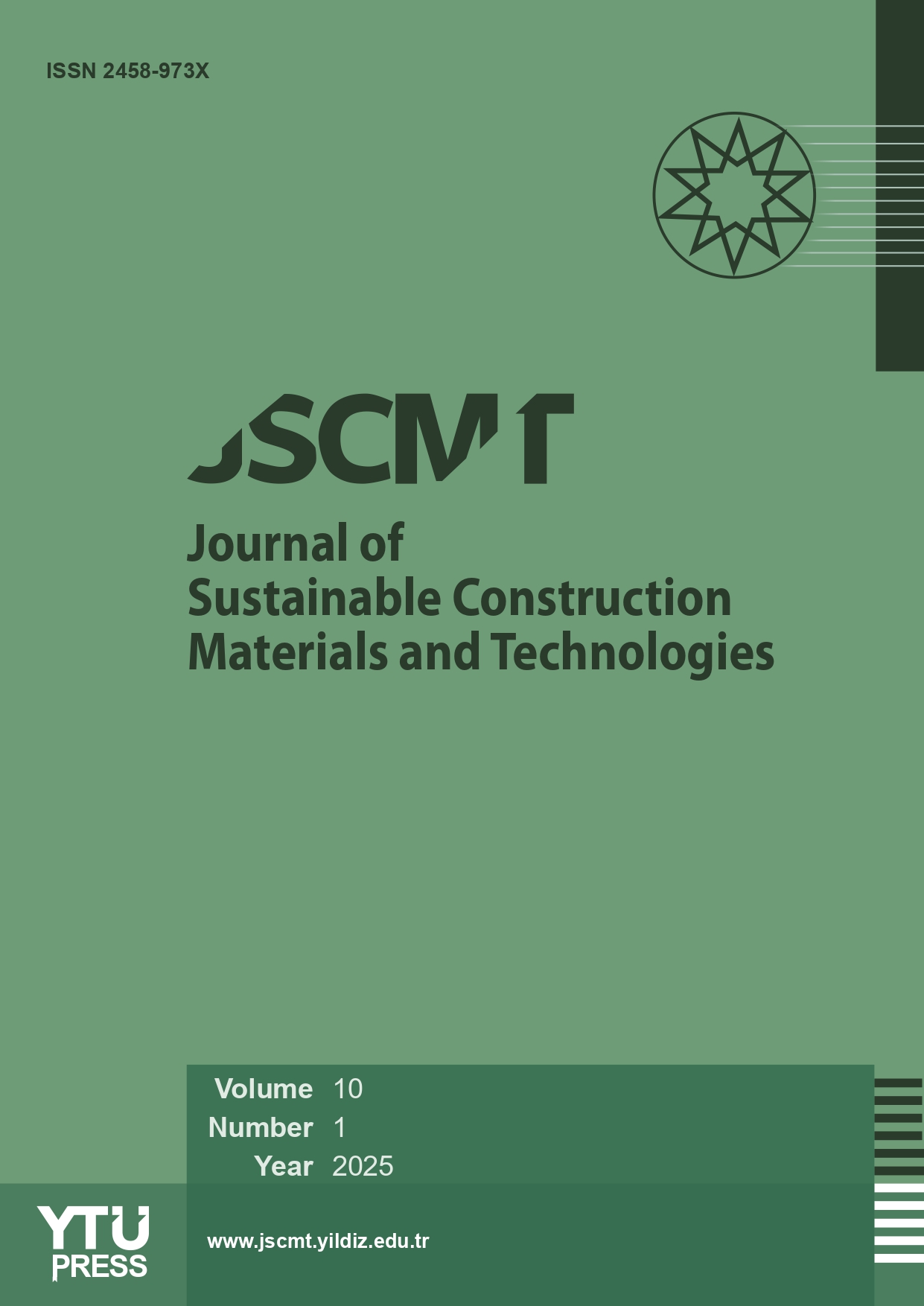Abstract
Microbial growth in man-made constructions is a planetary problem. Contaminated surfaces can rapidly spread dangerous infectious illnesses, especially in public places. A few microbes can quickly multiply into millions, especially under current circumstances. A hygienic sur-face is defined as a component that inhibits micro-population increase. Meanwhile, the use of biocides is expanding, as is research into their antibacterial characteristics and components. There are now various antimicrobial substrates on the market. It is worthwhile to investigate the efficacy and precision of these products. In this paper, an experiment has been made on six different wall paints, which are promoted as antimicrobials and are inspected against bacteria. Wooden panels were painted with six different antimicrobial wall paints. Four different micro-organisms were sprayed on the surface using a sterile spraying mechanism. The bacteria used in the study were Escherichia coli, Listeria monocytogenes, Staphylococcus aureus, and Bacillus subtilis. Each panel was observed for ninety days, and the results were discussed. In contrast, the first paint proved effective on L. monocytogenes, S. aureus, and B. subtilis within the first two weeks and on E. coli within the first month. The second paint affected all four bacteria within the first month. The remaining paints proved ineffective until the third month's end.
















